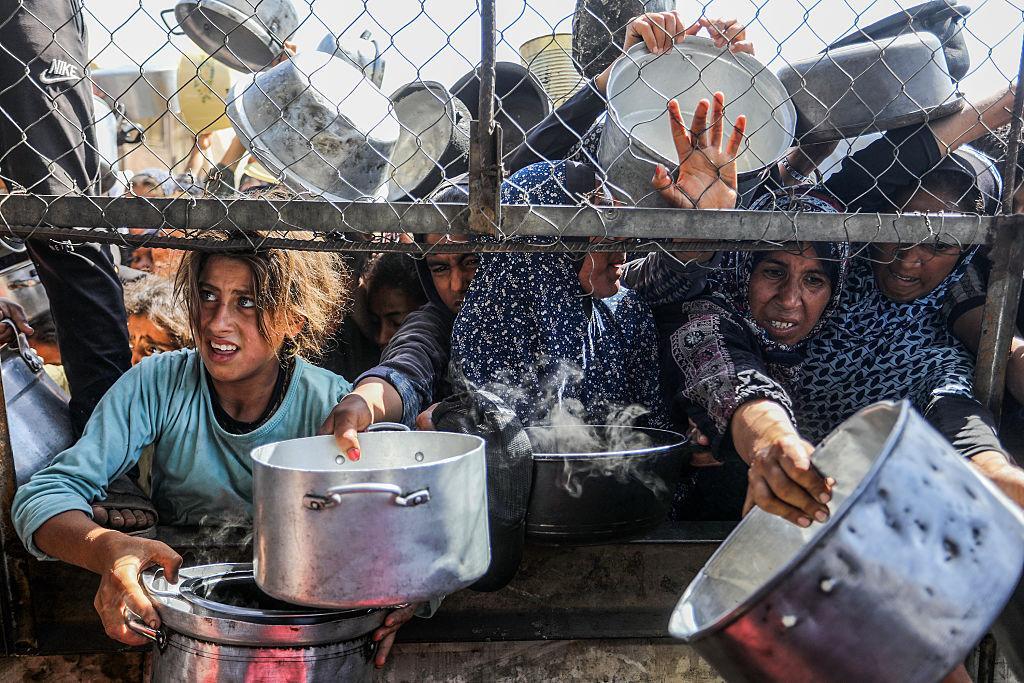
Eid in Gaza: Prayer Amidst Ruins, Hunger, and Growing Humanitarian Crisis
The sacred month of Ramadan brought with it the joyous celebration of Eid al-Adha, but for Palestinians in Gaza, the occasion was marked by devastation and despair. On June 6, 2025, the usually festive atmosphere was replaced by the harsh realities of ongoing conflict, widespread destruction, and acute humanitarian needs. As the world observed the day of sacrifice, Gazans gathered in open spaces to perform their prayers, a stark contrast to the usual tranquility of their mosques, which had been reduced to rubble.
The Israeli-Palestinian conflict has been a long-standing issue, with intermittent periods of calm punctuated by violent outbreaks. However, the current situation in Gaza is particularly dire, with the devastating effects of the most recent conflict still being felt. According to the United Nations Office for the Coordination of Humanitarian Affairs (OCHA), over 54,000 Palestinians have lost their lives since the beginning of the conflict, with the majority being civilians. The destruction is not limited to human life; entire neighborhoods and communities have been reduced to rubble, leaving thousands displaced and without access to basic necessities.
The devastation has had a crippling impact on Gaza’s infrastructure, including its healthcare and sanitation systems. The already fragile healthcare system has been pushed to the brink, with medical supplies and equipment severely depleted. The lack of functional hospitals and clinics has forced medical staff to operate in makeshift settings, further exacerbating the crisis. The situation is particularly dire for vulnerable groups, including women, children, and the elderly, who are struggling to access basic medical care.
The humanitarian crisis in Gaza is not limited to the destruction of infrastructure; food scarcity is also a major concern. The United Nations World Food Programme (WFP) has warned of an impending famine, affecting nearly 500,000 people, including over 300,000 children. The WFP has been working tirelessly to distribute aid, but the task is made more challenging by the ongoing violence and restrictions on movement. The agency has reported that over 70% of the population in Gaza is food insecure, with many families struggling to access even the most basic necessities.
The situation is further complicated by the fact that over 90% of Gaza’s population relies on international aid to survive. The Israeli blockade, which has been in place since 2007, has severely limited the movement of people and goods, making it difficult for aid to reach those in need. The blockade has also had a devastating impact on Gaza’s economy, with unemployment rates soaring and many businesses forced to close.
Despite the dire circumstances, Gazans have found ways to come together and celebrate Eid al-Adha. In the absence of functioning mosques, residents gathered in open spaces to perform their prayers, a testament to their resilience and faith. The usually festive atmosphere of Eid was replaced by a sense of somberness, with many residents struggling to come to terms with the devastation that has been inflicted upon them.
The Eid celebrations also served as a reminder of the importance of human connection and community. In the face of adversity, Gazans have come together to support one another, sharing what little they have and offering words of encouragement. The resilience and solidarity of the Palestinian people is a beacon of hope in the midst of despair.
As the world observes the day of sacrifice, it is crucial that we remember the plight of the Palestinian people and work towards a more peaceful and just solution. The situation in Gaza is not just a humanitarian crisis; it is a stark reminder of the devastating consequences of conflict and the importance of finding a lasting solution to the Israeli-Palestinian conflict.
Source:
https://thecsrjournal.in/eid-al-adha-in-gaza-faith-endures-amid-devastation-and-food-shortages/



